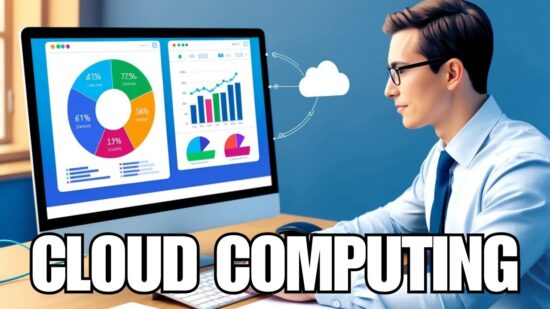
If you’re in the midst of increasing staff levels to meet the demand of your care facility, it’s easy to put upgrading your infrastructure on the back burner. Your team is busy delivering patient care and IT can easily fall down on the list of priorities. That is, until your team starts complaining that their systems are so slow that it’s taking double the amount of time to input data and get their jobs done.
While aging IT equipment is a headache for your administrators to deal with, the ramifications of not making the appropriate upgrades can range from lost productivity to compliance issues:
- Slow WiFi: Your employees may have WiFi access, but does your internal wireless network meet their bandwidth needs? Lagging online applications can increase employee frustration and make performing routine tasks take longer than necessary.
- Facebook is a black hole of distraction: Convenient access to social media networks may also be contributing to lost labor hours. Internet or URL filtering is a great way to monitor employee bandwidth activity to ensure staff are not hogging the network by watching Netflix on their breaks. However, your legacy IT system probably doesn’t have these controls available.
- HIPAA Compliance Issues: You need extra layers of network security to ensure that medical data is protected. Aging IT systems can increase security vulnerabilities since they don’t have the latest patches or bug fixes. Some of your IT vendors might not even make upgrades anymore since the software or hardware is so outdated, putting your data and HIPAA compliance at risk.
The Roadblocks To Replacing Aging Hardware
Many organizations are moving toward wireless infrastructure, but this can be difficult for care facilities to fully implement because it means sunsetting some or all of your costly legacy IT infrastructure. It’s also understandable that you might not relish the idea of change since switching to cloud-based applications, for example, can seem risky when not fully understood. Nevertheless, when you add up the costs of lost time in productivity, staff morale, maintenance and patient satisfaction, you’ll soon appreciate the value in upgrading your IT infrastructure.
Administrators Need To Embrace Change Out Of Necessity
It’s common knowledge that employee morale is crucial to a healthy workplace, but aging IT infrastructure can hurt productivity and negatively impact your company culture. Low morale can exacerbate already high employee turnover rates.
So, what factors inspire administrators to consider a change or upgrade?
- Aging hardware is not designed to accommodate today’s digital needs. With EMR systems, there is a need for high speed internet connectivity and mobile devices that can perform the functions smoothly without negatively impacting patient care.
When employees need to leave a resident’s room to enter data into the system because there is a WiFi dead spot, the quality of care decreases, time is lost, and staff are more prone to errors since their tools are not at their fingertips.
- Many states impose a tax on all resident beds, regardless of occupancy levels, motivating facilities to increase their census. But with an increase in patients comes the need for additional staff. Attracting and retaining qualified and experienced staff is a challenge if it takes them twice as long to get their tasks done due to aging IT equipment.
The truth is that money needs to be spent on technology upgrades to compete in a competitive hiring environment, improve staff productivity and reduce costs. If your facility isn’t making the investment, another facility is.
But the common question for administrators is usually where to begin. At On-Site Computers, we are focused on creating customized IT solutions, based on your needs, to help your team increase their productivity and provide the best patient care. We will work with you to ensure that your technology aligns with your organizational goals and provide you with the planning and support you need to achieve them.
Contact us online today or call 800-669-8513 to learn more about increasing your staff productivity by updating your IT infrastructure.






